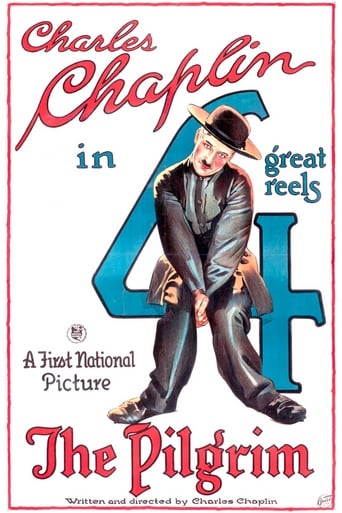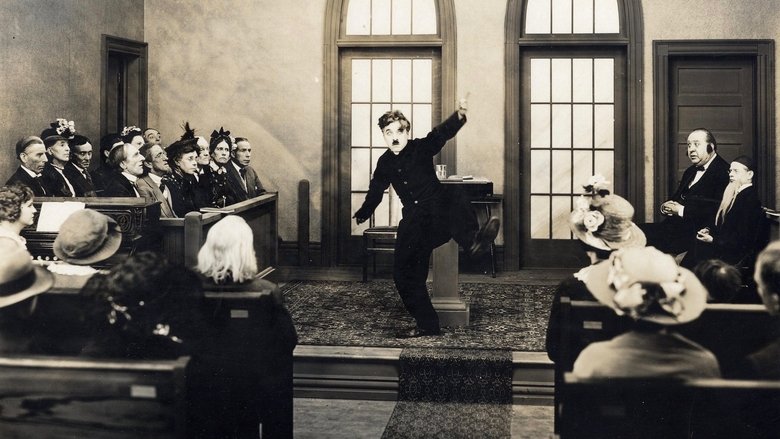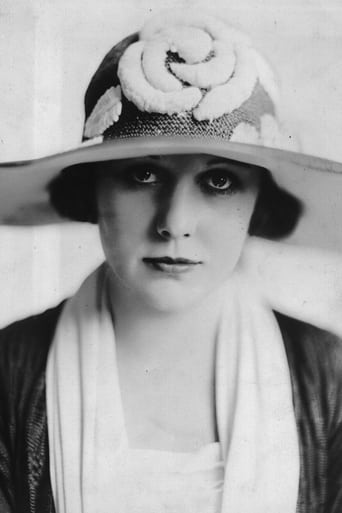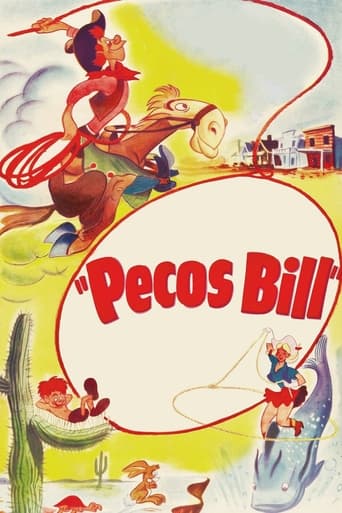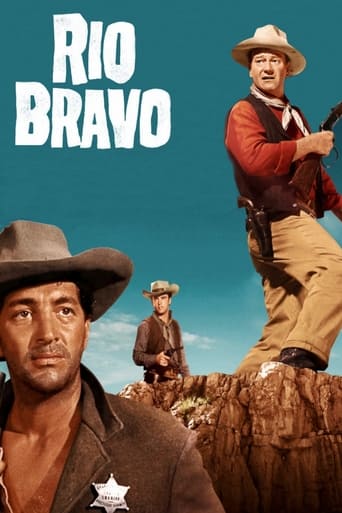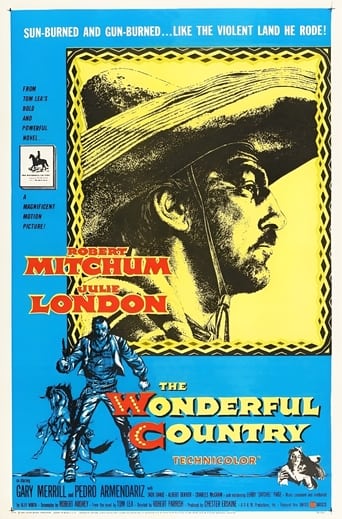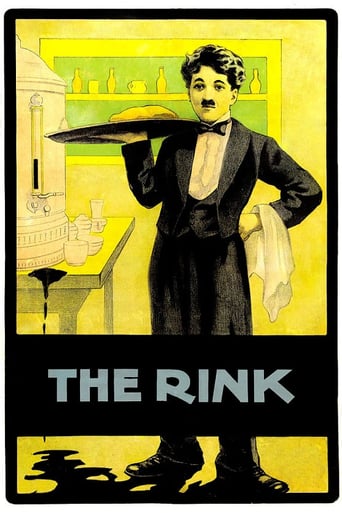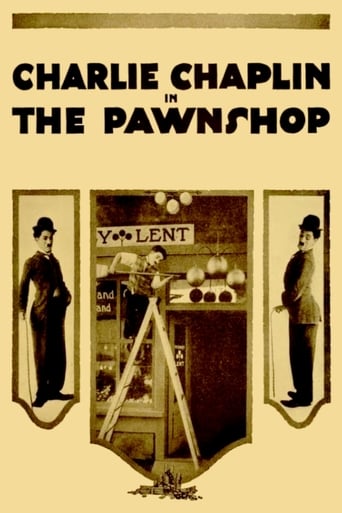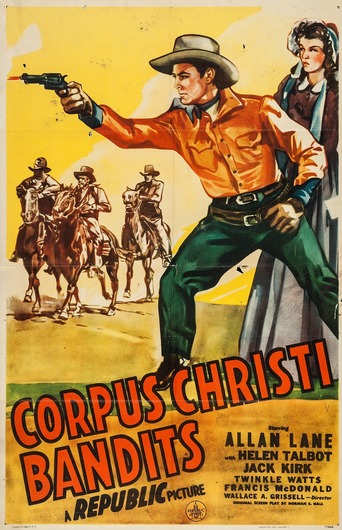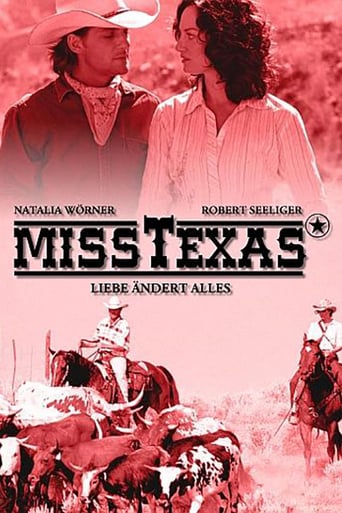The Pilgrim (1923)
The Tramp is an escaped convict who is mistaken as a pastor in a small town church.
Watch Trailer
Cast
Similar titles
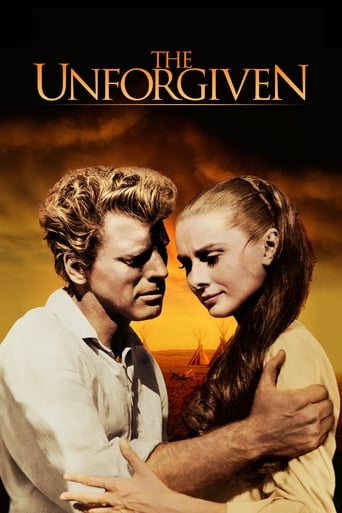
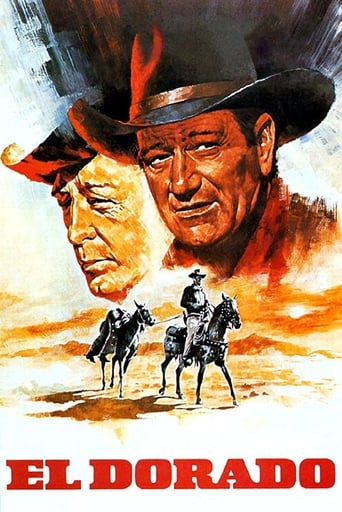
Reviews
Just what I expected
Fun premise, good actors, bad writing. This film seemed to have potential at the beginning but it quickly devolves into a trite action film. Ultimately it's very boring.
Tells a fascinating and unsettling true story, and does so well, without pretending to have all the answers.
what a terribly boring film. I'm sorry but this is absolutely not deserving of best picture and will be forgotten quickly. Entertaining and engaging cinema? No. Nothing performances with flat faces and mistaking silence for subtlety.
1923's "The Pilgrim" put an end to a significant chapter of Chaplin's career. It was the last silent short film he did after his career centered around these for almost a decade, easily the most prolific phase of his life. In the 20 years afterward, he directed all his notable full feature films he is most know for these days. With "The Pilgrim", Chaplin surely went out on a high note. It's one of his longest short films and also the last one with his long-time partner Edna Purviance. It was almost too long for his own good. He never really managed the perfect balance between drama and comedy here, one of the strongest achievements in his feature films. It occasionally drags, but all in all it's not bad. Of course it has its moments, like Chaplin looking at the girl and then in his very own shy fashion into the camera when he's going through albums with the old lady. The flower-picking ending is truly hilarious as well. And there's quite some significance to the ending about Charlie and film entering new territories (Mexico) with the rising significance of sound. Decent job from everybody involved and it's even better if you watch the restored version including Matt Munro's beautiful rendition of "Bound for Texas" and a pretty good score beyond that too.
As was now his tradition when leaving a studio, Charlie Chaplin here begins his final short feature for First National with an escape from prison. It also appears he was vengefully trying to bankrupt the studio, with lots of fancy sets, costumes and location shooting in what is one of his larger scale short pictures.But what really makes The Pilgrim stand out is that, like his earliest works for First National, A Dog's Life and Shoulder Arms, it is really a concerted effort, with all the breadth, sincerity and care in production of his full-length features. After some experimentation in The Idle Class and Pay Day the comic now returns to his roots, pushing pure pantomime to its limits. Sequences like his acting out of the story of David and Goliath or little asides such as his gestures describing features of people in a photo album demand the intention and intelligence of the audience, and are very rewarding gags as a result. The business with the hat in the cake is also a great routine, a classic Chaplin situation of the chaos caused by the little tramp becoming bigger than the tramp himself.Chaplin regulars such as Henry Bergman make only fleeting appearances in The Pilgrim. One time stalwart Albert Austin, now busy as a director, does not feature at all. Making up for this deficit however is one of the more substantial appearances by Charlie's brother Syd Chaplin. His pompous husband makes a great counter-foil for the tramp – his looks of horror and indignant gestures are priceless – and he was really strong enough to have become a recurring character in his own right. Sadly this was Syd's last appearance in one of his brother's films.The nicest thing about The Pilgrim is that it is a great return to stories driven by the little tramp's character – something that had been wavering in the last couple of Chaplin shorts. Many of the gags stem from his status as a plucky fugitive, and his complete inappropriateness – yet clever bluffing – in the role of a preacher. Once again we have a rounded yet unfulfilled love for Edna Purviance, and his redemption for her sake is given a credible build-up. With his last ever short, Chaplin demonstrates that these little movies where he had honed his craft were far from idle throwaways.We end with the all-important statistic – Number of kicks up the arse: 2 (2 for).
CHARLIE CHAPLIN is an escaped convict mistaken for the new pastor upon arriving in a small Mexican town and greeted by Deacon MATT SWAIN and a few members of his congregation.Although there are pratfalls for the comedian right from the start, this is a mistaken identity comedy that depends more on sight gags than frantic slapstick and has some charming moments.One of the funniest sequences has him delivering his first sermon at the church, based on the tale of David and Goliath, amusing mainly for the young boy who doesn't find the sermon boring. Some funny business with baking a cake while distracted and pouring the dough over someone's bowler hat stands out, as does the business with his former jailmate who wants to steal money from the Deacon but meets with resistance from Charlie who has fallen in love with an innocent girl (EDNA PURVIANCE) and wants to go straight. There's also the scene with the hyperactive little brat, a boy who drives Chaplin and brother SYD CHAPLIN insane with his unrelenting pranks.Chaplin was still polishing his craft at this time, but it's not one of his best comedies. Needless to say, even lesser Chaplin is worth watching and so is this one, given a brisk background score including a ballad written by Chaplin.
Regardless of the terrific pictures that Charles Chaplin directed in the latter half of his career, he will always be best remembered for his portrayal of the Little Tramp, that bumbling yet kind-hearted vagrant with whom audiences continue to fall in love. Making his debut in 'Kid Auto Races at Venice (1914),' Chaplin's "Little Fellow" soon became one of cinema's most beloved and recognisable figures, and Chaplin one of Hollywood's biggest stars. Such was the character's success that, prior to 1940, it was a rare occurrence for Chaplin to portray anybody who wasn't the Tramp. One such attempt was in an unfinished short, 'The Professor (1919),' in which Chaplin portrays a poignant, lowly street performer named Professor Bosco. 'The Pilgrim (1923),' at around sixty minutes in length, was the last of Chaplin's "mini-features" before he dedicated his time almost exclusively to feature-length films, and it is interesting in that he doesn't play the Little Tramp, or, if he does, then it's a version of the character that we haven't seen before.In the film, Chaplin plays an escaped prisoner, who, in his flight from the authorities, is mistaken for the young parson who was supposed to be arriving at a small country town. It wasn't unusual for the Little Tramp to find himself in trouble with the police {and, indeed, he did a spell in prison during 'Modern Times (1936)'}, so it's not altogether unreasonable to conclude that this convict is one and the same character. Despite missing many of his trademarks the baggy trousers, the cane, the derby hat his bumbling benevolence is precisely the same, even if one brief flashback shows him sharing a friendly cigarette with an unscrupulous fellow jailbird (Charles Reisner). Notably, a newspaper headline in the film betrays our hero's name to be "Lefty Lombard" alias "Slippery Elm," though these could easily be pseudonyms. 'The Pilgrim' is a film that places more emphasis on plain slapstick than any of Chaplin's feature films, and the pathos that is apparent in most of his works is noticeably lacking, as is any real romantic connection with leading lady Edna Purviance {the final occasion on which the two co-starred}.Despite the absence of any real emotion, Chaplin's film still succeeds on its own terms, with the criminal's situation allowing for an assortment of amusing scenarios. Dressed as a parson, one is always expected to act in the most civilised fashion, and yet our poor hero finds that he just can't play the part. Chaplin's incredible skill for visual communication is most stunningly apparent in his character's gesticulated re-telling of the David vs Goliath legend, and, without the aid of sound, the audience can easily follow every single detail of the story. Also hilarious are the Pilgrim's attempts at making a cake {using the hat belonging to Chaplin's brother and co-star, Syd}, his response to the antics of Howard Huntington the dishonest thief, and his inability to take a policeman's hint beside the border into Mexico. In 1959, 'The Pilgrim' was one of three films {along with 'Shoulder Arms (1918)' and 'A Dog's Life (1918)'} that Chaplin slightly re-edited and combined to form 'The Chaplin Revue.' He also composed a new soundtrack, as well as a catchy title theme, performed by Matt Monroe, called "I'm Bound for Texas."
